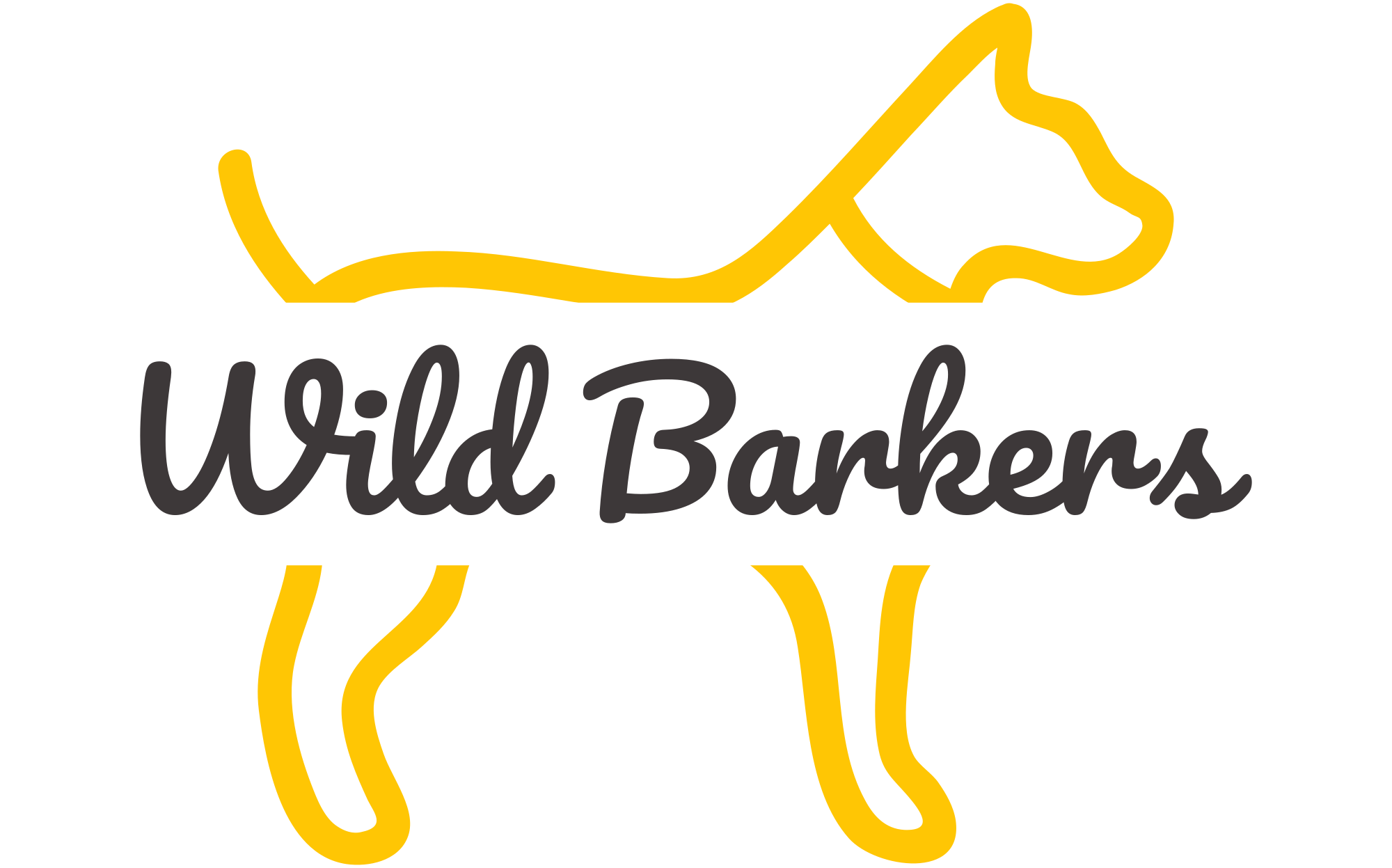Can dogs eat eggshells? Yes. Dogs can eat a whole egg, including the shell. Or the shells can be fed alone. Many people bake and then grind the shells into a powder, so they are easier for their dogs to consume. Ground eggshells are commonly used as a calcium supplement.
Try to use local, organic, and pasture-raised eggs that have minimal processing. Try to avoid any that the shells are sprayed with chemicals. These chemicals are thought to comprise the nutritional value.
Busy? Get Your Hands Paws On The Answers Quickly…
- How To Feed Your Dog Egg Shells
- Can Dogs Eat Raw Egg?
- How Many Eggs Can A Dog Eat In A Day?
- Nutritional Information and Benefits and Risks of Eggs
- How To Cook Eggs For Dogs
- Egg Based Dog Treat Recipes
- FAQs
HOW TO FEED YOUR DOG EGG SHELLS
Eggshells can be fed whole, broken up, or in a powder. You can decide based on your dogs’ preference and ability to eat them.
Whole – Using them whole means serving your dog a whole boiled or raw egg, including the shell.
Crushed – Alternatively, you can remove the shell from the egg and break it in your hands before feeding it to your dog.
Powdered – Many people claim that your dog better absorbs the calcium from the shell if it is ground into a powder. Here is how to make eggshell powder for your dog.
How do you make egg shells for dogs?
Ingredients:
- Eggshells
Directions:
1. Put the eggshells in a colander and rinse them thoroughly.
2. Heat a pan of boiling water over a hot heat and add the eggshells.
3. Boil for 2 minutes.
4. Drain and transfer the eggshells to a baking tray and place them in the oven on the lowest possible temperature for 40-45 minutes or until completely dried out.
5. Use a spice or coffee grinder to blend the eggs into a powder.
CAN DOGS EAT RAW EGGS?
Can dogs eat eggs raw? Maybe. Raw (or BARF – biologically approved raw food/bones and raw food) feeding is a divided subject among vets, nutritionists, owners, and dog food brands. Raw feeding is a controversial topic that requires research. Let’s look at the reasons why and you can make the decision yourself.
The main reason to not feed raw is for fear of salmonella and other bacterial infections.
The FDA has precautions to help prevent salmonella, including pasteurizing eggs, and the cleaning and storing them. Chickens can also be vaccinated against salmonella. However, this can be costly for farmers and not commonly done throughout the US as it is not a requirement.
Live Science estimates 1 in every 10,000-20,000 eggs are infected with salmonella, despite the precautions.
Pro For Raw:
- It’s natural – In the wild, dogs would eat eggs straight from the nest if they had fallen. Raw, shell, and all.
- Less processed – Most commercial dog treats are heavily processed, with raw, you can see exactly what your dog is eating.
- Health benefits – Many raw ambassadors rave about the health benefits of raw feeding, including coat improvement, energy levels, and breath freshness. This is up for debate, depending on the type of food you’re comparing.
Cons For Raw:
- Bacteria and Salmonella Risk – This is the main risk of feeding your dog any raw food. Raw can contain salmonella, e-coli, and listeria. Feeding and preparing this food can put both you and your dog at risk. Symptoms include diarrhea, vomiting, and abdominal pain. It can affect both humans and dogs.
The FDA conducted a study comparing raw and dry food. Of the 196 raw samples tested, 15 were found to contain salmonella, compared to 0 of 120 dry foods sampled.
To minimize the risk of spreading salmonella, make sure all surfaces that have contact with raw eggs are cleaned, that your hands are thoroughly washed, and that you avoid kissing or touching your dog around the mouth.
If your dog lives with or has regular contact with anyone who has a compromised immune system, it is probably best to avoid feeding your dog raw.In the UK, therapy dogs are not allowed to eat a raw diet for fear of spreading parasites and bacterial infections to the vulnerable. - Nutritional Balance – If you’re buying and preparing your own meat and bones, it can be challenging to balance their dietary needs. You will need to ensure they are getting the right amount, in the right quantity, as well as all the vitamins and minerals they require.
- Price and Convenience – Raw feeding is considerably more expensive than kibble. It also requires being stored in the refrigerator or freezer (depending on the brand). Many people do not have extra storage space or time to be preparing meals for their dogs daily.
It will depend on your situation and whether the benefits outweigh the risks for you.
HOW MANY EGGS CAN A DOG EAT IN A DAY?
How much depends on your dogs’ size, weight, and activity level.
Keep in mind that additional treats should only make up 10% of your dogs’ daily calories. Eggs have, on average, 50-80 calories each. Your dogs’ regular food should contain all of the nutrients, vitamins, and minerals they require.
Start with a little bit of egg added to their daily food and increase from there. Adding new food to your dog’s diet too rapidly can cause gastric upset.
NUTRITIONAL INFORMATION AND BENEFITS AND RISKS OF EGGS
Nutrition per 1 medium egg:
| Calories | 63 |
| Total Fat | 4.2 g |
| Saturated Fat | 1.4 g |
| Cholesterol | 163.7 mg |
| Sodium | 62.5 mg |
| Total Carbohydrate | 0.3 g |
| Dietary fiber | 0 g |
| Sugar | 0.2 g |
| Protein | 6 g |
BENEFITS:
High In Protein
Eggs are a good source of protein. Protein is essential for maintaining healthy muscles and helps maintain regular functioning.
Contain Amino Acids and Fatty Acids
Many eggs are a good source of omega-3. These essential fatty acids are great for maintaining a healthy coat and skin condition.
Calcium
The shells are a good source of calcium, which is essential for healthy teeth and bones.
High In Vitamins
Eggs contain a considerable amount of essential vitamins.
These include:
Vitamin A – This helps maintain healthy vision.
Vitamin B6 – This is essential for healthy growth, brain function, and hormonal activity.
Vitamin D – This helps regulate phosphorus and calcium.
Cheap and Easy To Source
Eggs are an easy to find source of protein. They are also relatively inexpensive compared to meat (although they do not replace meat) and easy to feed, cook, and bake into your dogs’ diet.
RISKS:
Added Ingredients
Most eggs are cooked in oil, heavily seasoned, or baked into cakes. All of these added ingredients are potentially bad for dogs.
If you are going to be feeding your dog eggs, feed plain. It is best to serve cooked eggs, preferably boiled or scrambling with a small amount of coconut oil.
Biotin Deficiency
Although rare, consuming too many eggs can cause a biotin deficiency in dogs. This is because the egg whites contain avidin, which is a biotin blocker.
A deficiency can cause dry skin, diarrhea, dull coat, and lethargy.
However, the yolk contains biotin, so ensure you are feeding your dog the whole egg and not just the egg whites.
Allergies
Eggs are a common allergen to dogs. If your dog is allergic to any part of the egg, you will need to avoid altogether them and all dog food that contains them.
Common symptoms of an egg allergy include:
- Itching
- Gastric upset (vomiting, diarrhea, and gas)
- Ear infections
- Inflamed paws
- Licking or biting the skin
- Coughing
- Difficulty breathing
HOW TO COOK THEM FOR DOGS
Can dogs eat scrambled eggs? It depends on what is used to cook them. It is not the healthiest way to serve eggs to your dog.
It is best to avoid scrambled eggs that are heavily seasoned and cooked in butter. Although they are probably not harmful, they can cause gastric upset and weight gain if fed in excess.
We recommend cooking your dog scrambled eggs separately with a small amount of coconut oil. Check out our recipe below.
Ingredients:
- Eggs
- 1 tsp coconut oil
Directions:
1. Crack the eggs into a bowl and whisk together.
2. Place a non-stick pan over medium heat. Add the oil and swirl the pan to distribute evenly.
3. Once the oil is melted, add the eggs and use a spatula to push the eggs from the edges.
4. Continue to do so until the eggs are all cooked, and there is no more liquid egg.
Can dogs eat fried eggs? It depends on what is used to cook them. It is not the healthiest way to serve eggs to your dog. We choose not to fry eggs for our dogs as too much oil is bad for dogs. We prefer to scramble or boil them.
Can dogs eat boiled eggs? Yes, this is arguably the healthiest way to serve your dog cooked eggs. It is the only way (other than raw), which does not require grease.
Check out the recipe below for how we boil eggs for our dogs.
Ingredients:
- Eggs
- Water
Directions:
1. Add water to a saucepan over high heat and bring to a boil.
2. Once boiling, gently lower the eggs in the water.
3. Turn the heat to low and allow it to boil for 12 minutes.
4. Serve once cool. They can be fed whole, chopped up, and with or without the shell.
EGG BASED DOG TREAT RECIPES
Often used as a binding agent, eggs work well in both human and dog treats. The recipes are great as dog training rewards.
Chicken and Rice Treats, inspired by Carries Experimental Kitchen
Ingredients:
- 6 oz cooked chicken
- 1/2 cup cooked rice
- 1/2 cup water
- 2 1/2 cups oat flour
- 1 egg
Directions:
1. Preheat the oven to 350 degrees F (176 degrees C). Line a baking sheet with parchment paper.
2. Combine chicken, rice, and water in a blender and pulse into a paste.
3. Add the flour, egg, and paste into a bowl and mix well.
4. Flour the work surface and transfer the mix. Knead the dough.
5. Roll out to 1/2-inch thick and cut into treat sized pieces.
6. Transfer to the baking sheet and bake for 28-30 minutes, or until golden brown.
7. Allow to cool before serving.
Natural Treats, inspired by The Blond Cook
Ingredients:
- 3 cups all-purpose flour + extra for rolling
- 2 large eggs
- Approximately 1/3 cup water
Directions:
1. Preheat the oven to 350 degrees F (176 degrees C). Line a baking sheet with parchment paper.
2. Add all the ingredients to a large bowl and mix to form a stiff dough. If the mixture doesn’t come together, add a small amount of water gradually until it does.
3. Flour the work surface and transfer the mix. Knead the dough.
4. Roll out to 1/4-inch thick and cut into treat sized pieces.
5. Transfer to the baking sheet and bake for 15-20 minutes, or until golden brown.
6. Allow to cool before serving.
Carrot and Zucchini Treats, inspired by Damn Delicious
Ingredients:
- 1 cup pumpkin puree
- 1/4 cup peanut butter
- 2 large eggs
- 1/2 cup oats
- 3 cups whole wheat flour, or more, as needed
- 1 carrot, shredded
- 1 zucchini, shredded
Directions:
1. Preheat the oven to 350 degrees F (176 degrees C). Line a baking sheet with parchment paper.
2. Mix the peanut butter, eggs, and pumpkin with an electric mixer.
3. Gradually add the oats and flour at low speed, beating just until incorporated.
4. Add the carrot and zucchini and knead until it forms a dough.
5. Flour the work surface and transfer the mix.
6. Roll out to 1/4-inch thick and cut into treat sized pieces.
7. Transfer to the baking sheet and bake for 20-25 minutes, or until golden brown.
8. Allow to cool before serving.
Vegetarian Dog Food, inspired by Top Dog Tips
Ingredients:
- 1 beaten egg
- 1/3 cup applesauce
- 1 cup cooked vegetables, e.g., zucchini, green beans, carrots, peas, broccoli
- 1 cup cooked brown rice
- 1 tbsp brewer’s yeast
Directions:
1. Preheat the oven to 350 degrees F (176 degrees C). Line a baking sheet with parchment paper.
2. Mix all of the ingredients in a bowl.
3. Use a tablespoon to scoop the mixture and form it into a ball in your hands.
4. Place the balls onto the baking sheet.
5. Bake for 12-15 minutes or until firm and golden.
6. Allow to cool before serving.
Doggie Breath Freshener, inspired by SkinnyMS
Ingredients:
- 2 1/2 cups oats
- 1/2 cup fresh parsley, finely chopped
- 1/2 cup fresh mint, finely chopped
- 1 large egg
- 1/4 cup water, more water as needed to form the dough
- 3 tbsp melted coconut oil
Directions:
1. Preheat the oven to 325 degrees F (165 degrees C). Line a baking sheet with parchment paper.
2. Add oats to a blender and pulse to a flour-like consistency.
3. In a large bowl, combine all of the ingredients. Transfer to a floured surface.
4. Flatten the dough with your hands to 1/8-inch thick.
5. Cut into 40 pieces and place them on the baking sheet.
6. Cook for 35-40 minutes, or until crisp.
7. Allow to cool before serving.
FAQS
At what age can puppies eat eggs?
There is no set age. We would recommend speaking to your breeder and sticking to the food they are currently using initially. Ensure you introduce any new food slowly.
What happens if a dog eats an eggshell?
Nothing, your dog should be fine. Eggshells are usually harmless to dogs. They contain calcium, which helps to keep their coat shiny, bones, and teeth healthy.
Looking for more pawsome posts? Check these out…
Can Dogs Eat Lettuce?
How To Make A Snuffle Mat
When Do Puppies Lose Their Teeth?
Can Dogs Eat Broccoli?
Can Dogs Eat Watermelon?
Disclaimer: Each dog is different, and every circumstance is different. All efforts have been made to provide accurate information. However, it is not provided by a qualified Veterinarian, Veterinarian Surgeon, or Behaviorist. The information provided is purely educational. The information should not be used as an alternative or substitute for medical care. If you have any health or medical concerns, contact a qualified Veterinary Surgeon or Veterinarian immediately.










No Comment! Be the first one.